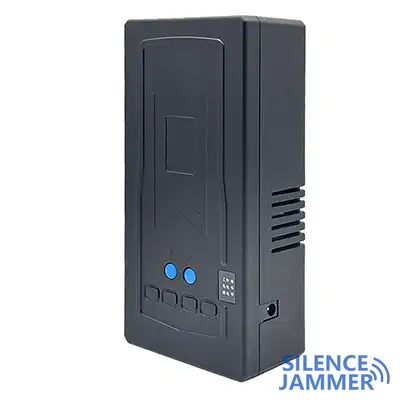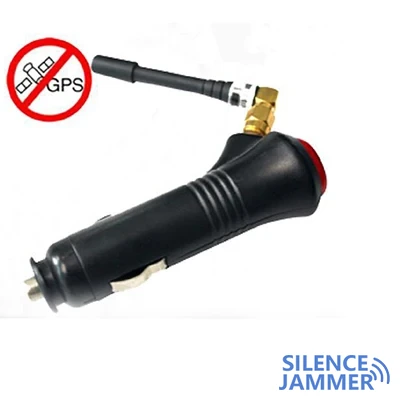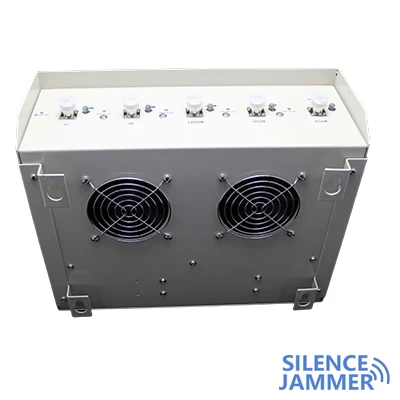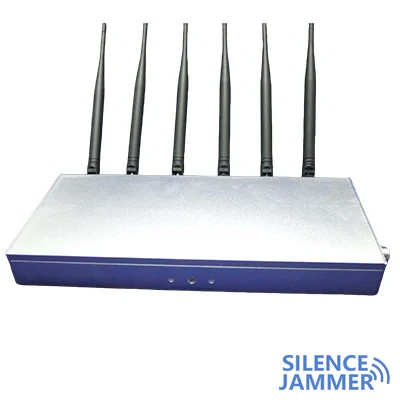New initiatives to protect the force
The Pentagon's space service tested new satellite GPS jammers for the first time earlier this year that will be used to counter Russian and Chinese satellite communications capabilities and launch attacks. Although the Pentagon has repeatedly stressed that these devices are purely defensive technologies, they are actually offensive and can temporarily disable enemy satellites without generating space debris.
Testing and deployment
The Pentagon tested the system at two different locations and controlled the system at a third location. The Space Force said the first 11 of the 24 remote modular terminals will be deployed in the coming months, and all equipment may be in place at an undisclosed location by December 31. These small, mobile and low-cost jammers are capable of protecting U.S. troops in harsh environments.

Technology and challenges
These new terminals enhance the existing large jammers, the "Anti-Communication System" and the medium jammers, the "Meadowlands". However, the Meadowlands system encountered technical challenges that delayed its delivery until October, about two years later than originally planned.

Reaction and controversy
General Stephen Whiting, commander of the U.S. Space Command, noted that China has hundreds of satellites in orbit designed to track, locate and strike the United States and its allies. This reality has prompted the United States to develop new jamming technologies to counter potential space threats.
Commercial off-the-shelf components

The Space Force deliberately designed these small modular systems using commercial off-the-shelf components, operated by Northstrat Inc. in Sterling, Virginia. U.S. officials said the weapons would not destroy satellites, but would only temporarily disable them, thereby avoiding the creation of space debris.
Offensive capabilities
Despite the U.S. claim that these weapons are responsible, Victoria Samson, chief director of space security and stability at the Secure World Foundation, said that these weapons are actually offensive and designed to attack the capabilities of opponents. Samson believes that these weapons are part of the United States' overt offensive space counterattack capabilities, which are reversible, temporary and plausible.
Future Outlook
As technology continues to develop, the United States and its allies need to continuously update and improve defensive and offensive space capabilities to counter threats from Russia and China. By developing and deploying these new jamming devices, the United States hopes to maintain its leading position in space and ensure national security and strategic advantages.




